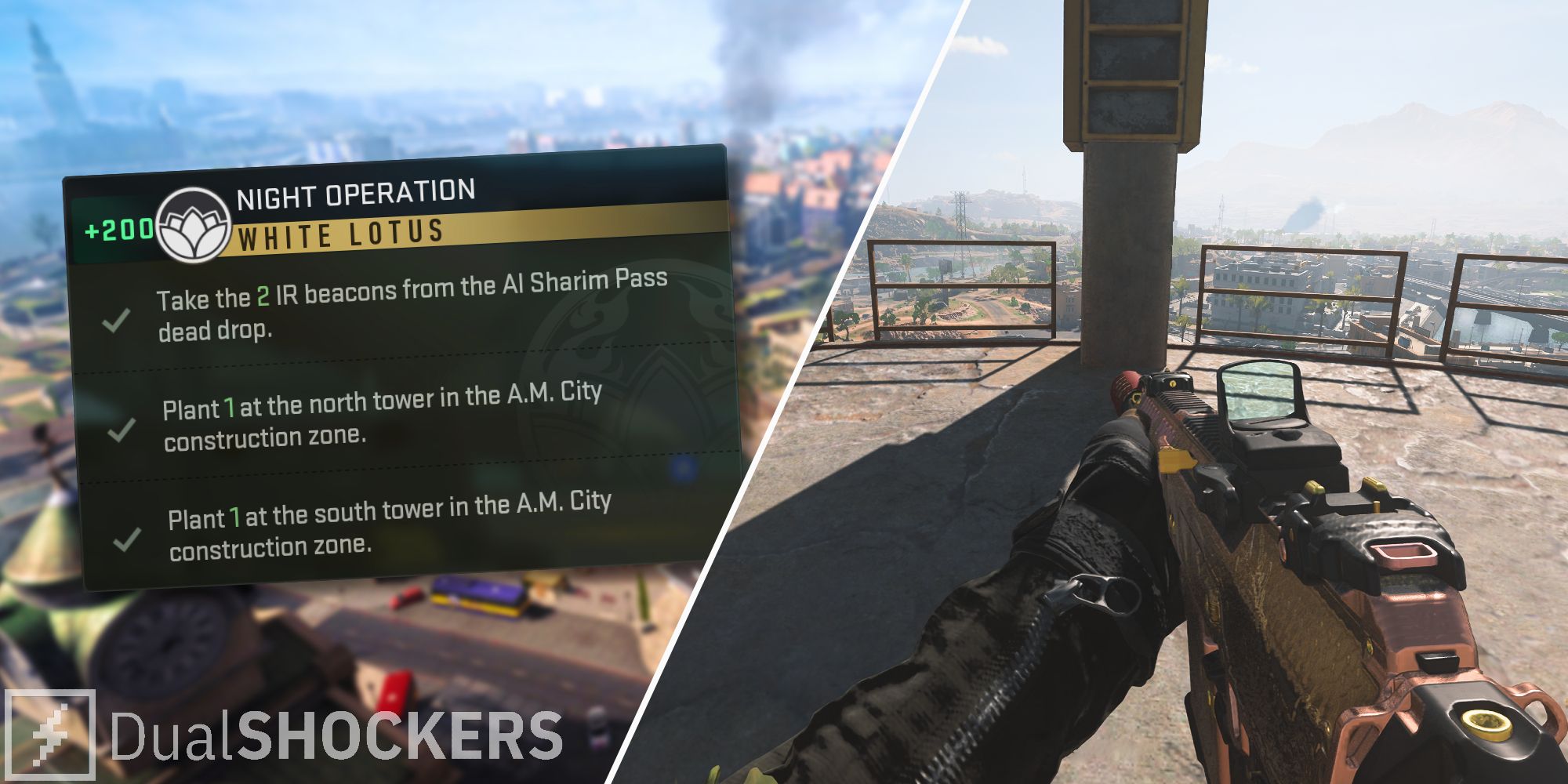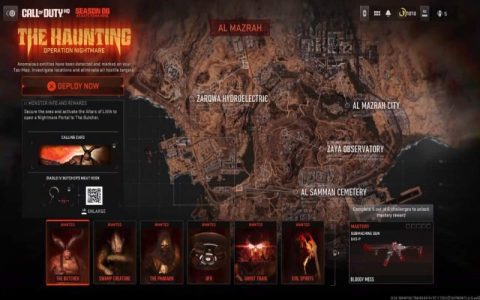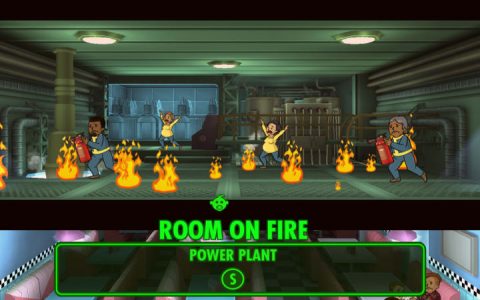DMZ night operations fundamentally transform the tactical dynamics within Al Mazrah. While core objectives such as completing faction missions, securing valuable loot, and engaging AI combatants or rival operators remain, the drastically reduced visibility introduces unique challenges and strategic opportunities. Success hinges on adapting to the nocturnal environment.
Key Aspects of Night Operations
Understanding these elements is crucial for survival and mission accomplishment under the cover of darkness.

- Visibility Impairment: This is the primary differentiator. Natural illumination is scarce, making unassisted navigation and target identification exceedingly difficult. Operators must rely on specialized equipment or environmental light sources, which are often limited and can expose their position.
- Emphasis on Stealth: The nocturnal setting naturally favors covert actions. Utilizing suppressed weaponry, minimizing movement sound, and leveraging shadows become paramount. Light discipline is critical; muzzle flash or active light sources can quickly betray an operator's location to both AI and human adversaries.
- Specialized Equipment Loadouts:
- Night Vision Goggles (NVGs): Essential for basic visual navigation and identifying threats in low-light conditions.
- Thermal Optics: Provide a significant advantage by highlighting heat signatures, making it easier to spot enemy combatants through darkness, smoke, or light foliage.
- Suppressors: Crucial for reducing both sound and visual signature of weapons fire, maintaining stealth during engagements.
- Laser Sights (IR): Visible only with NVGs, allowing for accurate aiming without emitting visible light.
- Decoys & Distraction Devices: More effective in confusing opponents when visual confirmation is hampered.
- AI Combatant Behavior: AI perception is altered at night. While they may still react to sound and unsuppressed gunfire at standard ranges, their visual detection cones are significantly reduced, especially at a distance. However, they will investigate light sources and may be equipped with their own night-fighting gear in higher-threat zones.
- Altered Player vs. Player (PvP) Engagements: Encounters with other players become more cautious and often deadlier. Ambushes are more prevalent, and identifying friend from foe can be challenging. Firefights are often shorter and more decisive due to the element of surprise.
- Mission Execution and Loot Acquisition: While pre-selected mission objectives remain the focus, approaching them requires modified tactics. Searching for loot in darkened buildings or areas demands thoroughness and careful use of light, which can attract unwanted attention. Extraction points can become particularly tense, with limited visibility providing cover for those waiting to ambush.
Tactical Considerations
Patience and Observation: Rushing is ill-advised. Taking time to observe surroundings with appropriate optics before moving or engaging is vital.
Sound Discipline: Every sound, from footsteps to reloading, can be a critical piece of information for nearby threats. Move deliberately and communicate efficiently if in a squad.
Positional Awareness: Maintaining awareness of your location and potential enemy avenues of approach is more challenging but even more critical at night. Use the map and compass frequently.
Team Coordination: For squads, clear communication and established protocols for movement, target identification, and engagement are essential to avoid friendly fire and effectively neutralize threats.
Night operations in DMZ offer a distinct and intense experience, rewarding methodical gameplay, situational awareness, and the proficient use of specialized equipment. They test an operator's ability to adapt and overcome the inherent limitations imposed by darkness.










